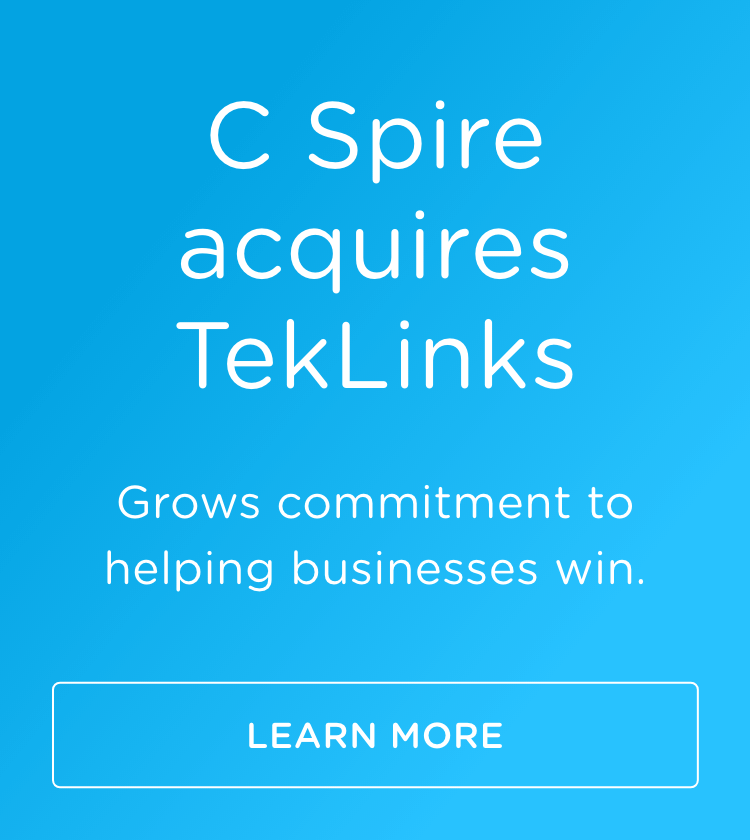
On university campuses worldwide, information technology departments are playing a larger role than ever in how the strategic implementation of connected tech not only enhances the learning experience, but also transforms how universities operate, engage and support students.
Here's how IT is modernizing higher education and why your department's policies, posture and user experience (UX) are pivotal.
Enhancing learning environments
Digital classrooms and learning management systems (LMS)
Platforms like Canvas, Blackboard and Moodle are enabling interactive and flexible learning environments, offering students access to course materials, assignments and discussions anytime, anywhere. Simulations and virtual labs can provide hands-on experience in a controlled, safe environment, bridging the gap between theoretical knowledge and practical application.
Adaptive learning technology
Meeting the needs of every student is the driving goal behind adaptive learning systems like Smart Sparrow and Knewton, which use data analytics to tailor educational content to individual student needs toward promoting better engagement and understanding. They also offer real-time feedback, allowing students to identify and address knowledge gaps promptly.
Streamlining administrative processes
Integrated information systems
Comprehensive student information systems, including PeopleSoft and Banner, enable users to streamline enrollment, grading and advising processes by centralizing student data, while enterprise resource planning (ERP) systems integrate various administrative functions, enhancing efficiency and reducing redundancy.
Online services and self-service portals
Registration and enrollment processes can quickly absorb an institution’s resources. Most universities already have online portals that enable students to register for classes, pay tuition and manage their academic records effortlessly, but if not, now’s the time to get on board.
Fostering collaboration and engagement
Communication and collaboration tools
Communication platforms such as Microsoft Teams and Webex facilitate seamless communication and collaboration among students, faculty and staff, while platforms such as Discord and Zoom enable students to form virtual study groups, promoting peer-to-peer learning and community building.
Social learning networks
Students use online forums and social media groups to foster discussions and idea exchanges, enriching the learning experience. Also, tools like Peergrade and Turnitin can enable structured peer review processes that enhance critical thinking and collaborative learning.
Supporting student success and well being
Data analytics and predictive modeling
Early warning systems use predictive analytics to identify at-risk students based on behavioral and performance data, allowing for timely interventions. Data-driven insights can also aid in tailoring personalized support services such as tutoring and counseling to meet individual student needs.
Mental health and well being
IT services can also drive the availability of telehealth services on campuses, enabling students to access physical and mental health support. Mobile wellness apps like Headspace and Calm offer resources for stress management and mindfulness, promoting overall well being.
Ensuring security and compliance
Cybersecurity measures
As with all connected touchpoints, robust cybersecurity policies and tools are critical to safeguarding sensitive student and institutional data from breaches and cyberattacks. Implementing multi-factor authentication (MFA) and single sign-on (SSO) policies will help ensure access to university systems and resources remains secure.
Compliance and accessibility
Regulatory compliance should be at the forefront of every IT team, and policies must align with Family Educational Rights and Privacy Act (FERPA) and General Data Protection Regulation (GDPR) standards to protect student privacy and institutional integrity. In addition, adhering to standards such as Web Content Accessibility Guidelines (WCAG) ensures that digital resources are accessible to all students, including those with disabilities.
Improving user experience (UX)
Intuitive interfaces
Designing intuitive and user-friendly interfaces enhances the overall experience for students, faculty and staff, reducing the learning curve and increasing engagement. Accessibility is key —all platforms and services should be mobile friendly and allows users to access information and resources on the go.
Continuous feedback and improvement
Regularly collecting and analyzing user feedback will help the IT team identify pain points and areas for improvement, while adopting an iterative approach to development and updates ensures that the technology evolves in line with user needs and expectations.
Embracing technology in higher education transforms how institutions teach, support and engage students, preparing them for a dynamic and digital future.
Learn more about C Spire Business’s IT solutions for higher education here.

















